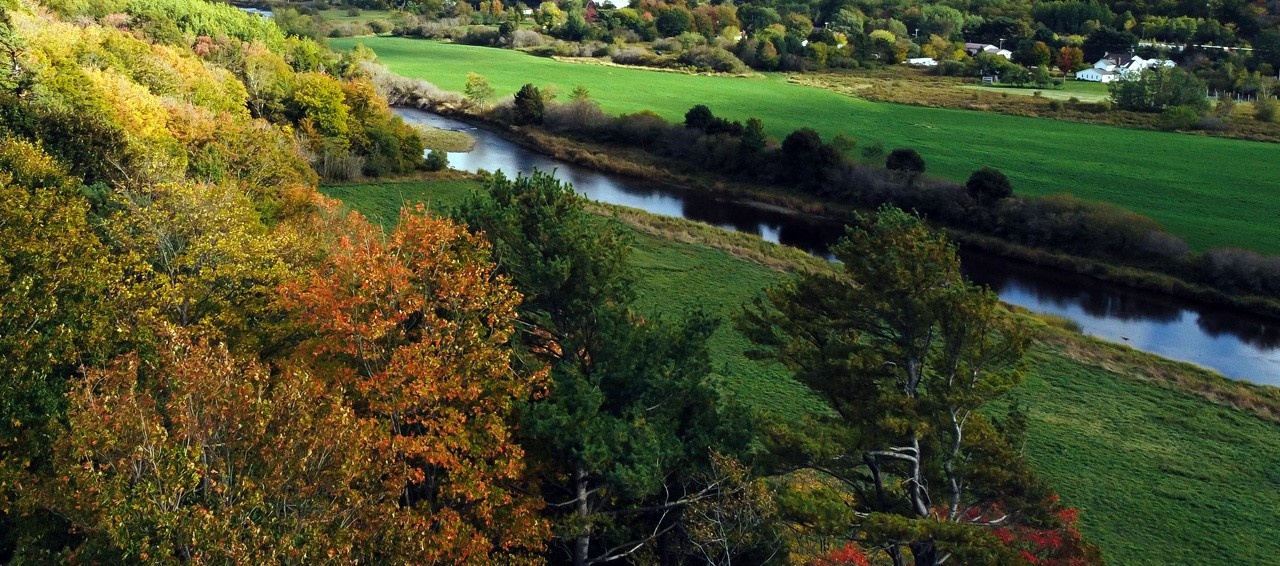News
» Go to news mainAgriculture needs the brightest and the best for a better normal
In celebration of Ag Literacy month, Professor Emeritus Dr. Claude Caldwell penned the following essay.
Agriculture needs the brightest and the best for a better normal
Over the last 10,000 years, agriculture has been the key moving force for health, development of society, culture and happiness across the globe.
Unfortunately, within the past 100 years, agriculture has also become a significant source of many of humanity’s problems. As a result, agriculture is also a large part of the solutions to those problems; it needs new thinking and actions using all the tools of technology and all the lessons of the past woven together.
A more inclusive understanding of agriculture begins with a new definition: Agriculture is the science, art, politics and sociology of changing sunlight into healthy, happy people. This definition is the core spirit of this paradigm change.
We are slowly emerging from the Covid 19 pandemic and wondering when we will return to 'normal'. We are reawakening to climate change and the threat it poses to our 'normal' life.
The overused term 'new normal' is treated with fear and worry. Instead, we must make our new future a 'better normal'- one of the keys to making this happen is having our best minds engaged in a better normal agriculture.
We face four interwoven, critical challenges:
1. Increasing demand for food. By 2050, world population will reach 9 billion. This growth is exacerbated by changes in consumption trends; worldwide, there is an increasing demand for meat and animal protein. Increasing numbers multiplied by increasing consumption per person means our food production needs to double by 2050 to meet that demand.
2. Weather chaos due to climate change. Fossil energy use, much of it in the role of producing food and fibre, has caused an imbalance in CO2, CH4, N2O. These Greenhouse Gases (GHGs), are leading to global climate change with potential for disaster in the future if we fail to take collective action to decrease GHGs emission.
3. Decreasing quality and quantity of fresh water. Even though our living planet is described as the water planet, the fresh water (potable and usable water) accounts for less than 0.02 per cent of the total amount of water on earth. Recent human activity, much of it aligned to agricultural production, has significantly deteriorated water quality and quantity. This has led to potable water emergencies in 2/3 of middle to large sized cities of the world and threatens global food security.
4. Human livelihood disruption. We are experiencing continuing societal shifts towards business and capital. Development and financial return take priority over human livelihood. This tends to degrade the natural ecosystem and also erodes humanity’s potential to achieve global peace and harmony.
A positive future is possible but successful strategies are needed to address all four of these interwoven challenges. All of the above are significantly negatively affected by our current global agriculture model. Hence, a sustainable agricultural transformation and food system restructuring strategy, properly co-ordinated across the world, could be the catalyst for success in all four areas. Our food system can be transformed:
1. We need a new truly 'green' Green Revolution in agriculture that can quickly respond to the requirement for doubling of available food by 2050.
2. This must be a climate-smart food production strategy that can increase available food while lowering GHG emissions.
3. Changes will include a water-adapted agricultural model that can produce food with extreme efficiency of water use and greatly decrease degradation of our freshwater resource.
4. Another key will be an ecology-oriented value chain development that can enhance productivity, decrease waste and provide meaningful employment
As Albert Einstein once said “we cannot solve our problems with the same thinking we used to create them”, likewise, we cannot employ the obsolete energy and water intensive, corporate model to build a new strategic agriculture. Instead, we urgently need a transformation in agriculture from a mechanistic food and feed based production mindset to one that prioritizes the interactive good health of humans, animals and the earth.
The major barriers to a 'better normal' are gaps in shared knowledge and a lack of global co-operation. In a time when greater international consensus and action is needed, the game of zero-sum nationalistic politics threatens to scuttle effective action
I encourage our youth looking for a challenge and opportunity to make a difference, to consider a career in the many aspects that we call agriculture, both scientific and social. To make real change will involve re-evaluating our past behaviour, considering new pathways to sustainability, educating ourselves and finding opportunities from crises.
The new normal has to be a better normal.
Recent News
- Celebrating research in Agriculture during Lifting Nova Scotia
- Truro Start program just the right fit
- Convocation Reception ‑ Please join us to celebrate the Class of 2024!
- Dal's FREE Ocean Community Day – May 11
- Web Content Specialist ‑ Matt Goodman
- Two Programs, One big change
- Agricultural Campus Bookstore Summer Closure
- Undergraduate Advising Survey Invitation
